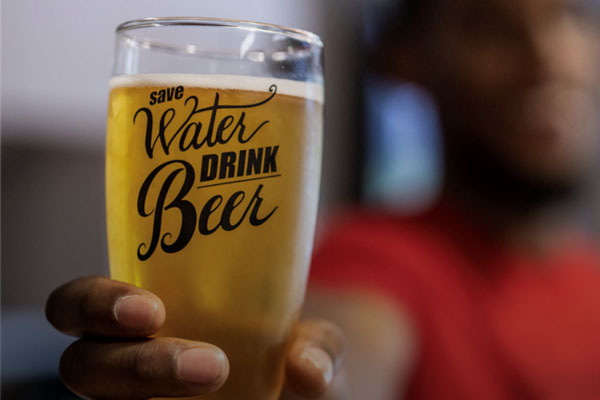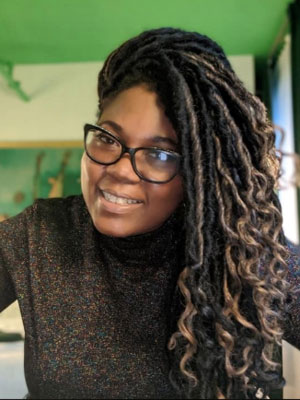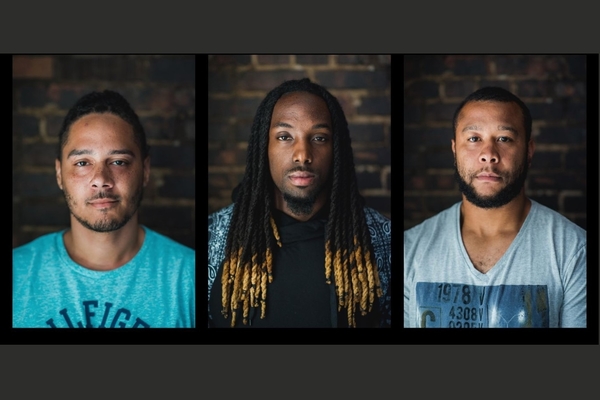Bloods, Crips, and beer: The unlikely success story of TRU Colors Brewery

Brewed by once bitter rivals, TRU Colors sees its beer as a symbol of understanding and unity.
Gang violence plagues many American cities and is often thought to be a result of far reaching, systemic issues like racial inequality, mass incarceration, and poverty. With so many overlapping causes, gang violence and any sustainable, long-term solutions for ending it have evaded policy experts and politicians for decades. Many have thrown up their hands—how do you solve a seemingly unsolvable problem?
The solution

TRU Colors Brewery believes that the key to addressing gang violence and unite communities is economic opportunity (TRU stands for truth, responsibility, and unity). As a working brewery in Wilmington, NC, TRU Colors recruits active gang members in the area to go through a proprietary, sixty-day training period that “builds trust, challenges self-perception, and translates street skills to business skills.” Khalilah Olokunola, TRU Colors’ chief people officer (who goes by KO), talked about this program and more in a Zoom call on November 16, 2020, hosted by the Center for Sustainable Global Enterprise as part of its Leaders in Sustainable Global Enterprise speaker series.
Recruits train alongside other gang members, many of whom may be rivals, which is the whole point: to unite rival gang members and ultimately decrease gang violence.
Facing misconceptions
“Initially, we were worried that active gang members wouldn’t be able to integrate well into a company that was young, college-educated, and millennial,” said Olokunola. “But what we found is that in 48 hours, the gang members we recruited were the most popular guys on site!”
This initial misconception convinced TRU Colors CEO George Taylor that he had a lot to learn about gangs, how they have evolved over time, and what it meant to join a gang. He came to understand that most gangs are nonviolent, resemble brotherhoods, and are typically not involved in drug distribution or sales.
Although many organizations target retired gang members, to TRU Colors it was imperative to target those still actively involved in gang life. “They stay active,” said Olokunola. “Not because we want them to be gang members for the rest of their lives, but because we want to proliferate positive change from within current gang structures, and the best way to do that is through current members.”

Making a difference
One gang member who was incarcerated for ten years and released in 2017 worked as an HR specialist and is now director of health and wellness for the brewery. Another served three years in federal prison before starting work at TRU Colors and now holds several digital marketing certificates and is a leader in his department. Yet another gang member who served two years in prison is now running the community ambassador program, helping to build relationships with community members and ensure their voice is heard in the city.
According to Olokunola, TRU Colors decreased gang violence by 82 percent in the summer of 2017 with the help of local officials.
“To us, it’s clear that gang violence is an economic issue, not a social one,” said Olokunola. “So once our guys are provided with education and opportunity, that leads to peace on our blocks, in our communities, and within our teams.”
—Amanda Hartman ’22 is a writer for the Center for Sustainable Global Enterprise
